Every year, World Health Day highlights the importance of health and safety in different aspects of life, including workplaces.
Industrial and construction sites are some of the most hazardous environments, with workers facing risks such as falling debris, extreme weather conditions, and exposure to harmful materials.
Implementing effective safety measures is crucial, and one often overlooked yet highly effective solution is the use of heavy-duty tarps.
These versatile covers provide essential protection, preventing accidents, shielding workers from harsh environmental conditions, and maintaining clean and organized job sites.
In this article, we’ll explore how workplace safety tarps contribute to a safer and healthier workforce, ensuring that construction and industrial sites comply with safety regulations and provide a secure environment for workers.
The Importance of Heavy-Duty Tarps in Workplace Safety
Heavy-duty tarps play a crucial role in workplace safety by acting as protective barriers against a wide range of hazards.
Whether it’s a construction site tarp shielding workers from falling objects or a weatherproof tarp for worksites preventing exposure to rain, snow, or intense sunlight, these durable covers are indispensable in hazardous environments.
The Occupational Safety and Health Administration (OSHA) and other regulatory bodies emphasize the importance of implementing safety measures to minimize workplace injuries.
Industrial tarps for safety are an affordable and practical solution that helps job sites meet compliance standards while ensuring the well-being of workers.
1. Preventing Accidents with Heavy-Duty Tarps
Accidents on construction and industrial sites often result from exposure to unsecured materials, debris, and unsafe working conditions. Durable safety tarps act as effective barriers, reducing these risks in multiple ways:
- Falling Debris Protection: Protective tarps for worksites prevent injuries by shielding workers from falling tools, dust, and debris. Placing mesh tarps for job sites around scaffolding and open structures helps contain hazardous materials, reducing the risk of injuries.
- Slip Prevention: Water accumulation on floors can cause slips and falls, one of the leading workplace accidents. Heavy-duty poly tarps can be used to cover wet surfaces or redirect water away from high-traffic areas, keeping workers safe.
- Hazard Containment: Many industrial processes release dust, chemicals, or airborne particles that can be harmful. Fire-retardant tarps help contain hazardous materials, reducing the spread of potential dangers.
By incorporating workplace safety tarps into construction and industrial sites, employers can significantly reduce the likelihood of accidents and create a safer working environment.
2. Shielding Workers from Extreme Weather Conditions
Outdoor job sites expose workers to harsh weather conditions, which can impact their health and productivity. Weatherproof tarps for worksites are essential for protecting employees from extreme temperatures, heavy rain, strong winds, and UV exposure.
- Protection from Rain and Snow: Wet and slippery surfaces increase the risk of accidents. Heavy-duty poly tarps serve as effective waterproof covers, keeping materials dry and ensuring safer walking surfaces.
- Sun and Heat Protection: Extended exposure to the sun can lead to dehydration, heat exhaustion, and other health risks. Construction site tarps with UV-resistant coatings provide shade and reduce heat buildup in work areas.
- Wind and Cold Protection: Strong winds can create hazardous conditions, particularly on elevated job sites. Durable safety tarps act as windbreakers, reducing the force of wind and maintaining a more stable working environment.
Maintaining a safe and comfortable worksite during extreme weather conditions is essential for worker health. Investing in the best tarps for construction site protection ensures that workers remain shielded from harsh elements, improving safety and productivity.
3. Maintaining Clean and Organized Worksites
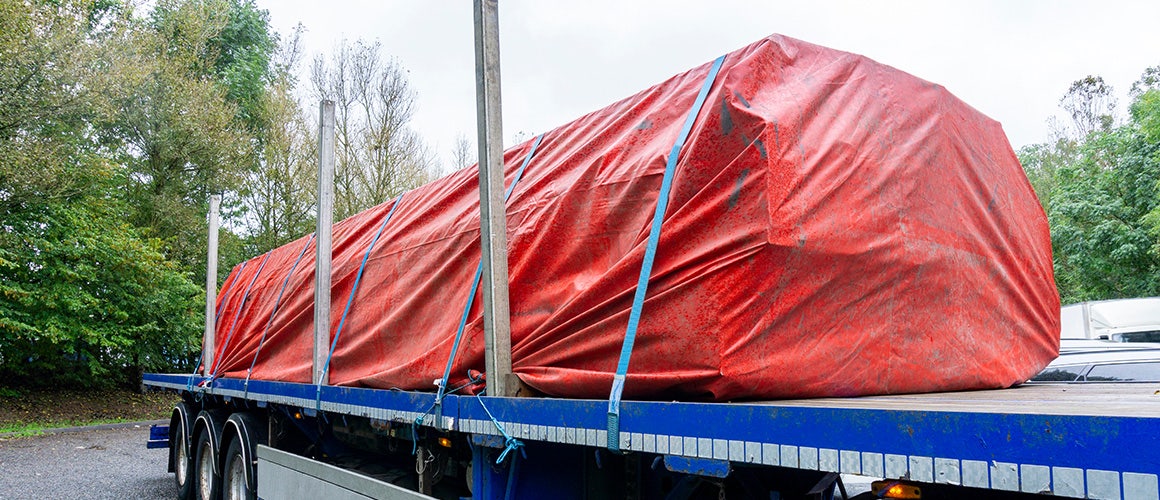
A clean and organized job site is critical to ensuring workplace safety. Accidents often occur due to scattered tools, debris, or misplaced materials. Industrial tarps for safety help maintain order by covering and securing work areas, preventing unnecessary risks.
- Dust and Debris Control: Construction and industrial processes generate a significant amount of dust and debris. Mesh tarps for job sites help contain airborne particles, keeping the work environment cleaner and reducing respiratory hazards.
- Material Protection: Leaving building materials exposed to the elements can cause deterioration and pose safety risks. Weatherproof tarps for worksites protect raw materials from moisture, UV rays, and other environmental damage.
- Tool and Equipment Coverage: Securing tools under heavy-duty tarps prevents them from being misplaced or exposed to the elements, reducing the risk of equipment-related accidents.
By using construction site tarps, employers can create a well-organized workspace that minimizes hazards and promotes a more efficient workflow.
Types of Heavy-Duty Tarps for Workplace Safety
Different job sites require different types of tarps based on their specific hazards. Here are some of the best tarps for construction site protection and industrial use:
- Fire-Retardant Tarps: Designed to resist flames and slow down fire spread, these tarps are essential for welding areas, industrial sites, and any workspace where fire hazards exist.
- Heavy-Duty Poly Tarps: Waterproof and UV-resistant, these tarps provide excellent protection against rain, sunlight, and debris.
- Mesh Tarps for Job Sites: Perfect for enclosing scaffolding, controlling dust, and reducing wind impact while allowing airflow.
- Canvas Tarps: Durable and breathable, canvas tarps are ideal for covering sensitive materials that require ventilation.
- Insulated Tarps: Designed to maintain stable temperatures in extreme weather conditions, insulated tarps are beneficial for both worker protection and material preservation.
Selecting the appropriate workplace safety tarp ensures maximum protection for workers, materials, and job site efficiency.
Compliance with Safety Regulations and Industry Standards
Regulatory bodies like OSHA, the National Institute for Occupational Safety and Health (NIOSH), and the American National Standards Institute (ANSI) have strict guidelines regarding workplace safety.
Many of these standards emphasize fall protection, fire prevention, and proper material storage—areas where industrial tarps for safety play a significant role.
Using protective tarps for worksites demonstrates compliance with safety regulations, reducing the risk of fines and legal issues. It also enhances a company’s reputation by showing commitment to worker safety and environmental responsibility.
Conclusion:
On World Health Day, it’s important to recognize that workplace safety tarps are more than just accessories—they are essential safety tools that protect workers, prevent accidents, and contribute to a well-maintained job site.
Whether it’s a fire-retardant tarp shielding workers from potential fires, a weatherproof tarp for worksites providing protection from the elements, or a mesh tarp for job sites maintaining a clean and hazard-free environment, these durable covers play a vital role in workplace safety.
By investing in the best tarps for construction site protection, businesses can prioritize worker health and safety, ensuring compliance with industry standards and fostering a more secure work environment.
As we celebrate World Health Day, let’s commit to creating safer job sites with the right protective solutions.
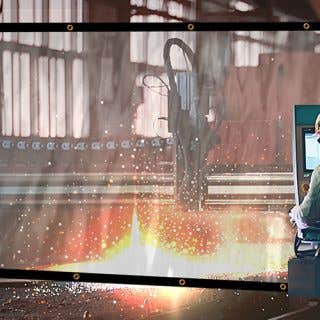

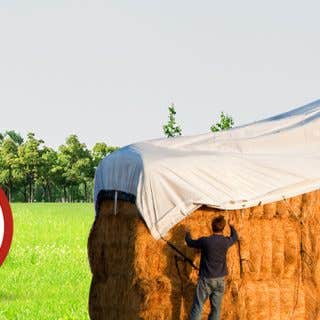



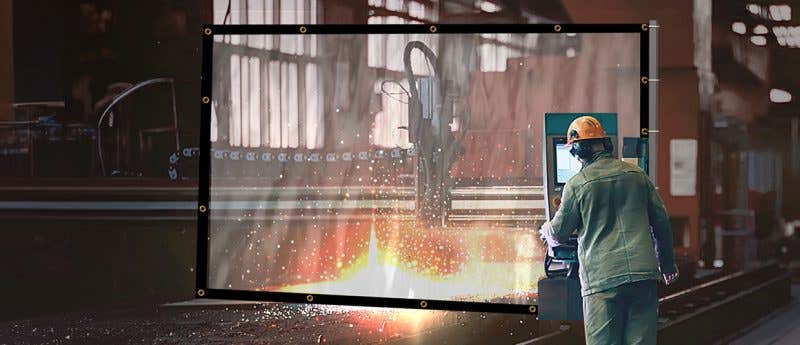
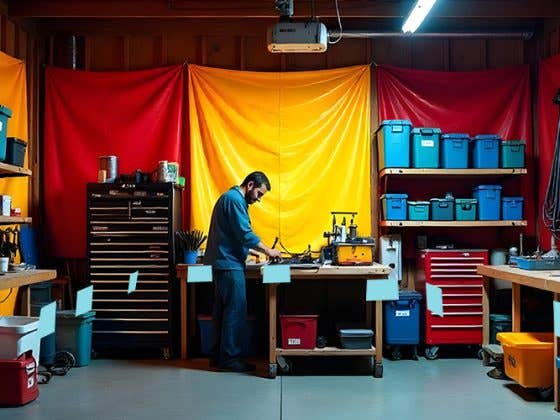


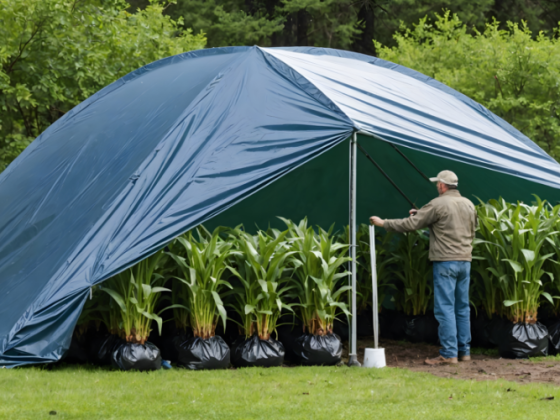
Recent Comments